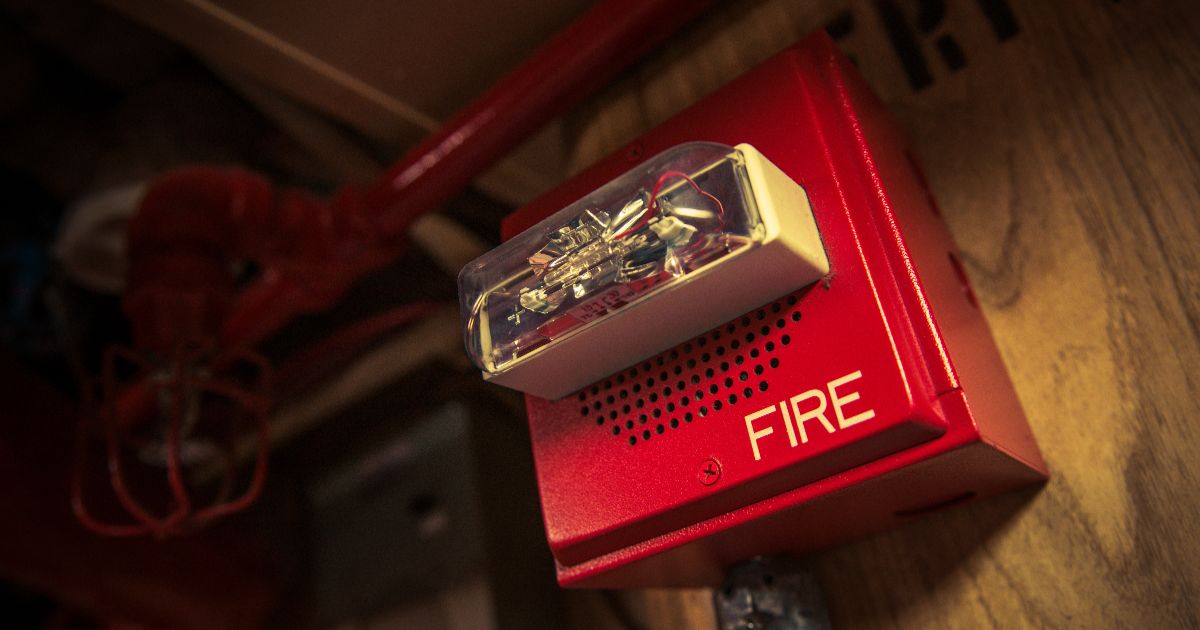The Future of Fire Alarm Systems: Trends to Watch in 2025

Fire alarm systems are entering a new era. In 2025, new technologies are reshaping how we detect, respond to, and prevent fire risks. If you’re thinking about upgrades or exploring the latest products, visiting a trusted Fire Alarm Shop is the best way to stay ahead of the curve.
Here are the top fire alarm system trends for 2025 that every facility manager, business owner, and safety professional should know.
AI-Driven Fire Detection
Artificial intelligence is becoming a critical part of fire safety. By analyzing real-time sensor data, AI-powered detectors can recognize patterns that signal actual fire events while reducing false alarms. This means:
- Faster detection of real fire risks.
- Fewer costly disruptions caused by false alarms.
- Smarter data-driven responses that improve building safety.
AI ensures that alarms trigger only when there is real danger, saving time for emergency responders and preventing unnecessary panic.
IoT and Smart System Integration
Fire alarms are no longer isolated devices. Integration with the Internet of Things (IoT) connects alarms with smart buildings and mobile platforms. Benefits include:
- Remote monitoring from smartphones or tablets.
- Real-time alerts sent directly to staff or facility managers.
- Coordination with building management systems for faster evacuation and response.
Smart integration ensures fire alarms work hand in hand with other safety systems, making emergency response quicker and more organized.
Cloud-Based Fire Monitoring
Cloud platforms are changing how fire alarm data is stored and managed. Instead of relying only on on-site equipment, facilities now use the cloud for:
- Centralized oversight across multiple buildings.
- Easy access to historical logs for compliance and safety audits.
- Faster coordination with emergency services through shared data.
Cloud fire monitoring is especially valuable for schools, hospitals, and multi-site businesses that require reliable oversight.
Wireless and Retrofit Fire Alarm Solutions
Traditional fire alarm installations can be difficult in older buildings. Wireless technology solves this problem by enabling faster and less invasive upgrades.
- Wireless systems reduce the need for complex wiring.
- Retrofit solutions bring modern safety to historic or hard-to-reach structures.
- Secure communication protocols ensure reliable alerts.
This trend is significant for properties where extensive renovations are both costly and impractical.
Multi-Sensor and Advanced Detectors
Modern detectors are smarter and more versatile. Instead of relying on a single sensor, they combine multiple inputs such as:
- Smoke, heat, and carbon monoxide detection.
- Video-based smoke recognition.
- Thermal cameras for early warning.
By combining multiple detection methods, these systems reduce the chance of false alarms while improving early detection accuracy.
Integrated Security and Mass Notification Systems
Fire alarms in 2025 are part of a larger safety network. Integration with other systems makes emergency response seamless.
- Connection with CCTV allows visual confirmation of fire incidents.
- Access control systems can unlock exits during emergencies.
- Mass notification platforms can send evacuation guidance to building occupants.
This holistic approach ensures people receive clear instructions, improving evacuation times and overall safety.
Predictive Analytics for Fire Safety
Predictive analytics is moving fire safety from reactive to proactive. By analyzing patterns in building use and previous incident data, these tools can:
- Identify areas at higher risk of fire.
- Suggest maintenance before failures occur.
- Improve emergency preparedness and response planning.
With predictive analytics, businesses can prevent problems from escalating.
Sustainability and Eco-Friendly Design
As with many industries, sustainability is shaping fire safety. The new generation of fire alarm systems focuses on reducing environmental impact while maintaining performance.
- Eco-friendly materials such as intumescent coatings and aerogels.
- Energy-efficient detectors and monitoring devices.
- Smarter design that balances safety and sustainability goals.
Sustainable fire safety ensures compliance with green building standards while protecting lives.
Fire Safety in 2025 and Beyond
The fire alarm industry is evolving quickly. From AI-driven detection to eco-friendly systems, the trends in 2025 point to smarter, faster, and more sustainable solutions.
For facility managers, building owners, and safety professionals, keeping up with these changes is essential. The best way to prepare is by working with a trusted Fire Alarm Store that offers the latest products and expertise.
Fire safety is no longer just about alarms; it’s about smart integration, predictive tools, and sustainable design. The future of fire alarm systems is here, and it’s changing how we protect people and property.
